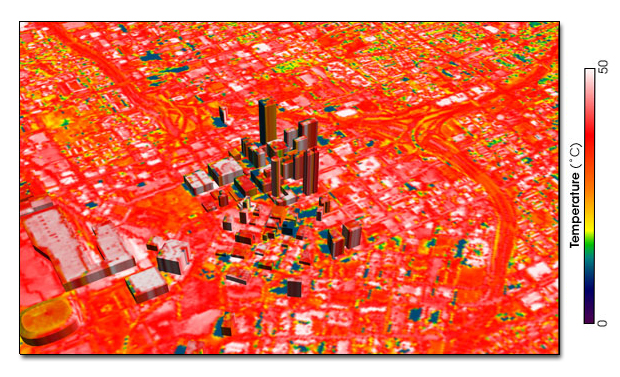Authors:
A.R. Gentle, J.L.C. Aguilar, G.B. Smith
Three parameters to consider, Solar albedo, Thermal Emittance E, and sub roof R-value.
Sensitivity to R and E drops as albedo rises.
Thermal mass, roof to wall ratio(area), roof slope, orientation, time dependance, magnitude, air exchange. All kept constant for this study.
Cool roofs reduce peak demand and ameliorate heat island effect.
Components of heat flows between roof and interiors solve between Troof and Tzone define each flux.
Local climate elements at sampling time, solar flux, ambient temp, humidity, its impact on sky temp, downwelling thermal radiation, wind speed. Spectral properties of outer roof surfaces, and thermal resistance to heat flow or R-value.
Roof related heat gains peak when solar flux is the highest and cooling power demands usually peak an hour or two later.
It is desirable to achieve maximum energy savings (or minimum discomfort days) per dollar invested in the overall roof structure, that is cost benefits for return on investment. Payback period from energy savings from cooling.
Roof albedo negatively affects heating requirements by approximately 10% where air exchange affects heating negatively by a factor of 2 or 4.
R>3.06 has litte benefit and may even reduce annual energy savings if albedo is high.
high t is important, R should not be too high as to interfere with nightime cooling.
High R in combo w/thermal mass can trap daytime heat gain over the following night unless cool air ventilation is available and utilized.
Doubling R beyond 1.63 benefit shrinks.
R 0.5, Asol=0.2, E=0.9 11.5 kwh/day cooling
R1.63, Asol=0.2, E=0.9 7.3 kwh/day cooling
R3.06, Asol=0.2, E=0.9 5.75kwh/day cooling
White surface should reflect IR radiation.




